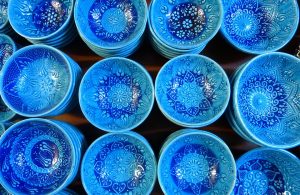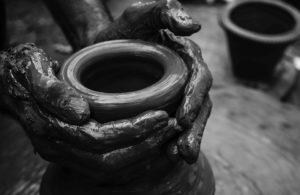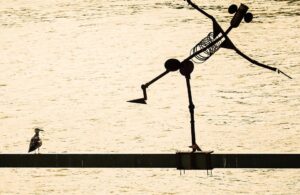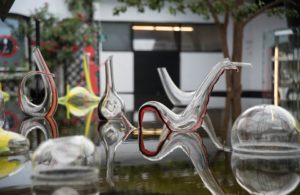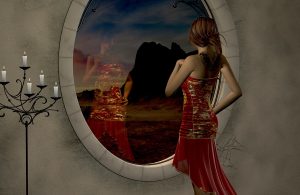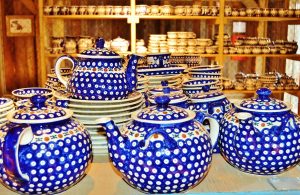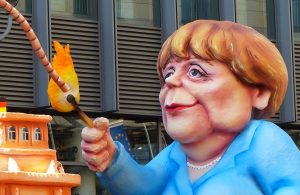There are very few stage shows where only the performers are seen, and this gives the prop department a role in the production. They are responsible for designing and producing all the scenery and props the performers will need to round out their performance. Each piece is specifically designed for the production, and it must be approved by the director. After that, the physical work of producing it starts.
Backdrops are part of many theater shows, and they are curtains with scenery on them. A production might use several during a show, and each one is crafted to present a picture behind the action on the scene. Artists might be hired to paint them, and the prop crew will hang them where they are needed for the performances. There are generally several rehearsals where these are lowered and raised to ensure everyone responsible for props knows which curtains to let down at the proper time.
Props among the actors on stage are also part of the production, and these are designed with several factors in mind. While some of them might be on the stage during the entire show, many are used only in a few scenes. They are built by carpenters who must ensure they are easy to move, and it is important that they are built to handle the stress of constant movement. The carpenters are responsible for the physical aspects, and artists are generally responsible for painting and decorating each prop.
Decisions while making props are based on the action that will take place on the stage, and missing even a tiny detail creates issues. If the actors are sitting at a dining table, and one of them is supposed to pick up a plate, it will not occur if the plate is glued to the table to keep it from breaking. When all of the props are done, the stage is set for the show to begin.





